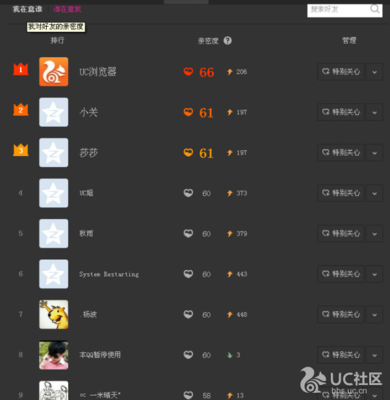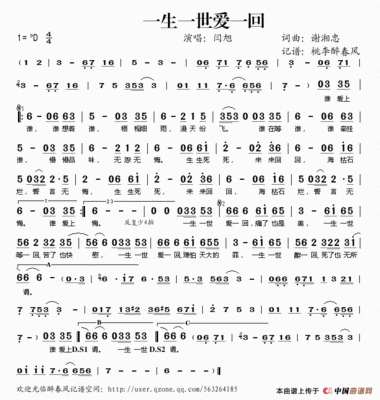Examining Processor TimeData:
On multiprocessor systems, theProcessor% Processor Time value reported by System Monitor willnever exceed 100 percent for any particular processor or thread. Onthe other hand, the value of the % Processor Time reported for theProcess object can report values over 100 percent; if such valuesoccur, this could indicate that threads of the process arecumulatively using more than 100 percent of a processor. To getmore detailed information, use the Thread object counters toanalyze the processor time each thread within a process is using.Investigating other data described in this section, such as DPCactivity or context switching, might help you to interpret highprocessor-time values.
多处理器系统中,由系统监视报告的处理器ProcessorTime%值对任何个别处 理器或线程不会超出100%。另一方面,进程对象ProcessorTime%报告值能超出100%,如果超出就意味着该进程的这些线程在累加地超出100%使用一个处理器。要得到更详尽的信息,使用线程对象计数器去分析该处理器在一个进程里使用每个线程的时间。调查在这部分描述的其它数据,如DPC活动或上下文切换,可能会帮助你去解释高ProcessorTime%值。
![[转]%ProcessorTime(Process_Total)能超过100% processlist time](http://img.aihuau.com/images/01111101/01024554t01db8a47fd39659d56.jpg)
% Processor Time(Processor_Total)
指处理器用来执行非闲置线程时间的百分比。计算方法是:度量处理器用来执行空闲线程的时间,然后用100%减去该值。(每个处理器有一个空闲线程,该线程在没有其他线程可以运行时消耗周期)。此计数器是处理器活动的主要指示器,显示在采样间隔期间所观察的繁忙时间平均百分比。应注意,对处理器是否空闲的计算是在系统时钟的内部采样间隔期间(10ms)执行的。考虑到现在的处理器速度非常快,因此,在处理器可能会用大量时间为系统时钟采样间隔之间的线程提供服务时,%Processor Time会低估处理器利用率。当恰好进行采样后即向计时器发出信号时,更可能对应用程序做出不准确地度量,基于工作负荷的计时器应用程序是一个这样的示例。
%Processor Time (Process _Total)
D0是所有进程线程使用处理器执行指令所花的时间百分比。指令是计算机执行的基础单位。线程是执行指令的对象,进程是程序运行时创建的对象。此计数包括处理某些硬件间隔和陷阱条件所执行的代码。
多处理器系统中,对任何处理器或线程,系统监视器报告的Processor% ProcessorTime值不会超出100%。另一方面,进程对象(也就是Process)ProcessorTime%值能超出100%;如果超出就意味着该进程的线程累计使用超出了一个处理器的100%。要得到更详尽的信息,使用线程对象计数器去分析在该进程中每个线程的ProcessorTime%值。调查在这部分描述的其它数据,如延迟过程调用(DPC)活动或上下文切换,可能会帮助你去解释高ProcessorTime%值。
“Process(…)% Processor Time” can go up to N*100 (where N is thenumber of CPUs) because it adds up the CPU usage of the requestedprocess across all the CPUs.
l,T8G&X9D$L$M$N!D2K02.“Process(_Total)%Processor Time” should always be around N*100 (where N is thenumber CPUs) because it adds up the CPU usage of each process,including the idle process.
3.“Processor(…)% Processor Time” can go up to 100 because it’sthe CPU usage of the requested CPU.
“Processor(_Total)% Processor Time” can go up to 100 because it’sthe average CPU usage across all CPUs.
Processor(_Total)% ProcessorTime
This counter gives the total processor utilization figurefor the server as a whole. For example, on a dual processor systemwith one processor pegged out at 100% utilization and the otherprocessor standing idle, a figure of about 50% would berecorded.
This server metric is useful for gauging overall how busya server is or, put in another way, how much spare capacity thereis available (by subtracting from 100%).
If per-processor information is required to be monitoredby Resource Manager, then additional server metrics may beconfigured for monitoring:
Processor(0)% Processor Time
Processor(1)% Processor Time
... etc.
(See the Resource Manager Administrator’s Guide and thehelp within the Presentation Server Console for information onCustomizing Server Metrics).
Process Processor Utilization
In addition to monitoring server metrics Resource Manageralso monitors process activity; one aspect of process activitymonitored is the degree to which the processor(s) is beingused.
Processor usage of each process on the server is sampledat regular intervals using a standard operating system call - notethat the operating system call used returns the sum ofprocessor time used by all threads within the process. ResourceManager expresses the processor time used during the sampledinterval as a percentage by dividing this time by the elapsed timesince the previous sample.
On a multi-processor system it is quite possible for thepercentage reported to exceed 100% in the case of a multi-threadedprocess. For example, on a dual-processor system, a multi-threadedprocess in which two threads are performing lengthy processorintensive calculations would cause a value of about 200% to berecorded.
This process-specific processor utilization is useful forgauging the state (and possibly health) of the process; if aprocess which normally uses little processor time is seen to beconsuming a figure approaching 100%, a likely explanation is thatit has encountered a bug which has caused it to enter anuncontrolled looping state.
转载地址:http://www.cnitblog.com/stomic/archive/2009/03/08/55193.html
 爱华网
爱华网


